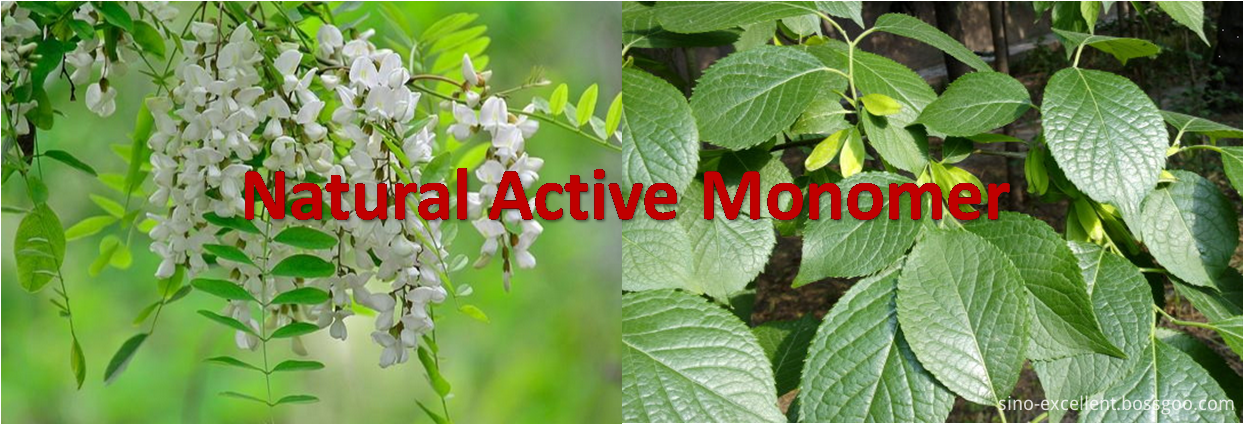Hybrid and breeding of abalone
As people's living standards have been increasing, Bao has become a famous dish on the banquet as a valuable sea treasure. Its feet are hypertrophic, tender, delicious, and nutritious. Bao’s shell is also a treasure. The Chinese medicine pharmacopoeia is called Shijueming, which has the efficacy of nourishing yin and tonifying yang and calming liver. It is a rare and commonly used Chinese herbal medicine. Bao is often mistaken for a fish, but it is a kind of shellfish with extremely high economic value. As early as the 1970s, China had already studied the artificial propagation and aquaculture technology of Bao and put it into production, bringing high economic benefits to farmers. However, with the large-scale production of artificial seedlings, pro-rabbits used for artificial seedlings are often harvested from the same catching area, which has great limitations, or some farmers repeatedly use the same batch of offspring of Bao as their parent seedlings. In the long term, germplasm will decline due to inbreeding. This is reflected in the fact that the combination of harmful or identical and similar genes in the breeding process results in inbreeding depression, malnutrition, and proneness to disease, which ultimately results in a decrease in the rate of reproduction and a significant reduction in yield. In light of the above, technicians have studied hybridization and breeding techniques in the production process in order to achieve the goal of improving germplasm and increasing yield.
First, the choice of species of abalone (hybrid)
The quality of the abalone is directly related to the quality of eggs and the effect of seedlings, so it must be given enough attention. The seedlings used for picking seedlings should be selected from 3rd to 4th instars with full body, strong vitality and no damage, and they are best taken from different sea areas to avoid inbreeding. It is possible to select hybrids of abalone (a female) and abalone (male) or abalone (a female) and abalone (a male) so that the fertilization rate is high. It is also possible to use red abundance (female) and H. discus hannai (male) for crosses. The hybrid-generation population developed has a faster growth rate than abalone in abalone. The optimum temperature range is wider than that of abalone and abalone. Excellent genetic traits have achieved the goal of improving germplasm. The hybrids between China's H. discus hannai and Japan's E. sinensis were selected and the resulting offspring had the advantages of rapid growth, strong vitality, strong disease resistance, and high yield. Species of abalone should be selected for individuals with moderate shell length. For example, discus abalone should use individuals with a shell length of 7.5 cm to 8.5 cm.
Second, artificially induced eggs
For the germline-producing species of abalone, the abalone is irradiated with ultraviolet rays at a dose of 200 mW/L to 300 mW/L for 4 hours to 5 hours, supplemented with dryness stimulation of 0.5 hour to 1 hour and a temperature change of about 3°C. Stimulation can promote the ovulation of the species as soon as possible, with an effective rate of more than 80%.
Third, artificial insemination
After the sperm and eggs of the abalone are excreted from the body, sperm and eggs should be mixed and inseminated as soon as possible. At 22.7°C to 26.2°C water temperature, insemination was completed within 1 hour, and the fertilization rate was over 96%. The density of eggs at the time of insemination is 20/ml to 100/ml, and the density of sperm is 10104/ml to 100104/ml. After insemination, use the dumping method or siphon method to repeat the egg washing 10 times.
Fourth, hatching of fertilized eggs
After the egg is washed, it enters the routine incubation process, and it is appropriate to keep the water temperature at 8°C~20°C, and it should be inflated and cultured.
V. Breeding of planktonic larvae
After hatching the planktonic larvae, careful breeding should be performed. This is because the offspring that are formed after the crossing are genetically susceptible to segregation of the characters. It is also necessary to develop stable inherited traits through repeated breeding. Individual. This requires the farmer to observe carefully in the breeding process and timely sort out the individuals whose characters have changed.
The results after breeding showed that the hatching rate was maintained at over 70%, and the hatching rate increased by 2 to 3 times compared with the traditional method, and the workload was saved by more than 90%.
So far, we have completed the hatching process from breeding of abalone species to planktonic larvae, laying a good foundation for future seed production. Through hybridization, breeding, and directional cultivation, individuals with stable genetic traits can be cultivated. Such individuals have the advantages of rapid growth, strong disease resistance, and increased individuals, and can achieve the purpose of increasing production. The advancedness, practicability and practical application effects of this method all occupy the advanced level in the same technology at home and abroad, and have good prospects for popularization and application.
Natural Active Monomer, extracted from natural plant. we are a professional manufacturer and exporter of herbal/plant extract in China, we built a very good relationship with customers from UAS,Europe,Asia,South America etc. we provide professional before and after sales support for our customers,

Hot Products AS BELOW:
Berberine Hcl
Rutin
Amygdalin
Chlorogenic acid
Kaempferol
Caicalin
5-HTP
Resveratrol
Quercetin
Lycopene
Diosgenin
Chrysin
Natural Active Monomer
Natural Active Monomer,Plant Ingredients,Extract Powder,Rutin Extract
Excellent Health Products Co.,Ltd. , http://www.sino-excellent.com